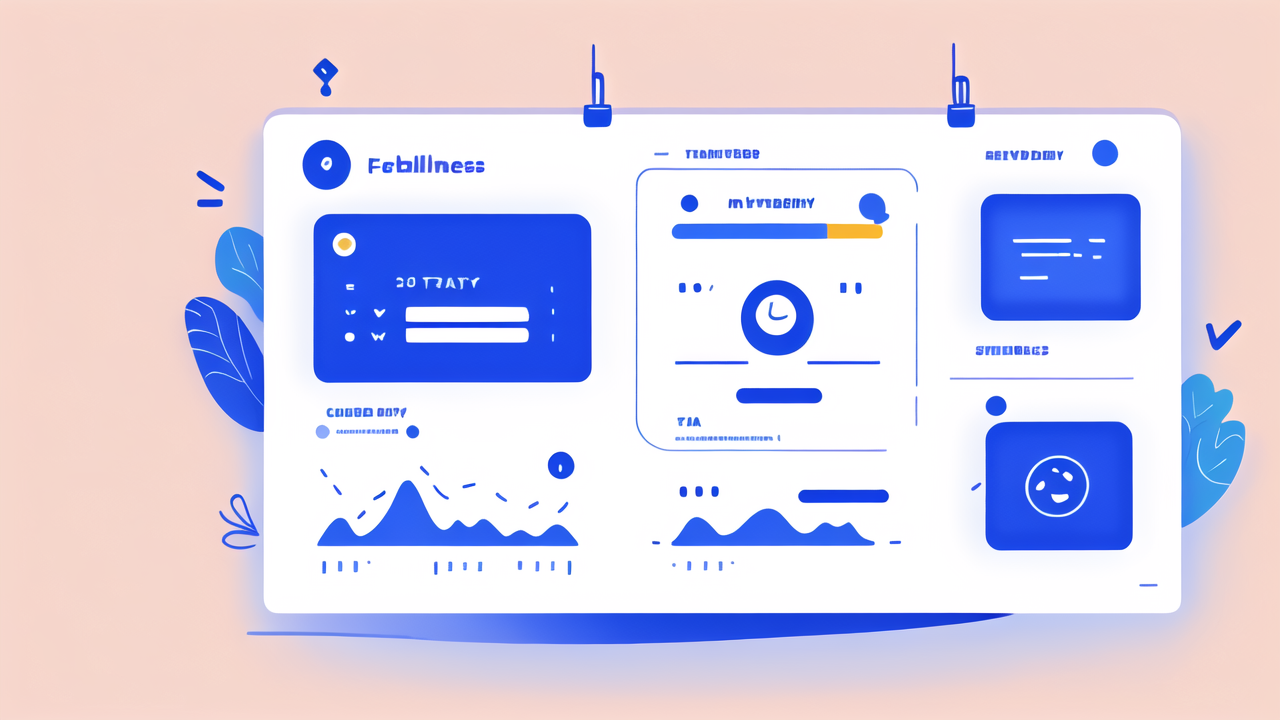The Importance of Activity Tracking in Fitness Regimens
Understanding Your Personal Fitness Landscape
Activity trackers have changed how we approach fitness. They give us a clear view of our daily habits. With these devices, we can see how much we move, sleep, and even how our heart rate changes. This data helps us understand our bodies better.

Knowing your fitness landscape means seeing patterns in your activity. You might notice you're less active on weekdays. Or that your heart rate spikes during certain tasks. This info is key to making smart fitness choices.
Trackers also show us how small changes add up. Taking the stairs or walking to lunch can increase your daily steps. Seeing these numbers grow can be very motivating. It's like having a personal coach on your wrist, cheering you on.
Quantitative Benefits of Body Measurement Tracking
Body measurement tracking offers concrete benefits. Here are some key advantages:
- Accurate calorie burn estimates
- Sleep quality insights
- Heart rate monitoring
- Step count and distance traveled
- Workout intensity measurement
These metrics help you set realistic goals. You can see if you're burning enough calories to lose weight. Or if you're getting enough deep sleep for recovery. Tracking your heart rate helps you exercise at the right intensity.
Over time, you'll see trends in your data. This can show if your fitness is improving. You might notice you can run farther or that your resting heart rate is lower. These small wins keep you motivated on your fitness journey.
Selecting the Right Activity Tracker for You
Feature Comparison: What to Look for
Choosing an activity tracker can be overwhelming. There are many options with different features. Here's what to consider:

- Battery life: Look for devices that last at least a few days on a single charge.
- Water resistance: If you swim or shower with your tracker, check the water rating.
- GPS: Built-in GPS is great for runners and cyclists who want accurate route tracking.
- Heart rate monitoring: Continuous monitoring gives you more detailed health insights.
- Sleep tracking: Some trackers offer detailed sleep stage analysis.
- Smartphone compatibility: Ensure the tracker works with your phone's operating system.
- Display: Consider if you want a color touchscreen or a simpler display.
Think about which features matter most to you. If you're a runner, GPS might be crucial. If you're focused on overall health, sleep tracking could be key. Choose a tracker that fits your specific needs and lifestyle.
Integrating Tracking with Your Fitness Goals
Your activity tracker should align with your fitness goals. If you want to lose weight, focus on calorie tracking and step counts. For improving cardiovascular health, pay attention to heart rate zones during exercise.
Set up your tracker to give you relevant alerts. You might want reminders to move if you sit too long. Or notifications when you hit your daily step goal. These prompts can help you stay on track with your fitness plan.
Use the tracker's app to set realistic goals. Start small and gradually increase your targets. This approach helps build sustainable habits. As you progress, your tracker can help you adjust your goals for continued improvement.
Maximizing the Efficiency of Your Fitness Regime
How to Leverage Data for Improved Results
The data from your activity tracker is a powerful tool. Here's how to use it effectively:

- Review your data regularly: Look for patterns in your activity levels and sleep.
- Set benchmarks: Use your average stats to set realistic improvement goals.
- Track your progress: Compare your current performance to past weeks or months.
- Adjust your workouts: Use heart rate data to ensure you're exercising at the right intensity.
- Optimize your recovery: Use sleep data to make sure you're getting enough rest.
Don't just collect data—act on it. If you see your step count is low, plan more active days. If your sleep quality is poor, adjust your bedtime routine. Let the data guide your decisions for better fitness outcomes.
Remember, the goal is progress, not perfection. Small, consistent improvements add up over time. Use your tracker's data to celebrate your wins, no matter how small they seem.
Tips for Sustained Engagement with Activity Tracking
Staying motivated with activity tracking can be challenging. Here are some tips to keep you engaged:
- Join challenges: Many tracker apps offer competitions with friends or community challenges.
- Set rewards: Plan treats for hitting milestones, like new workout gear for reaching a step goal.
- Mix up your activities: Try new workouts to keep things interesting and challenge different metrics.
- Share your progress: Post updates on social media or with friends for accountability.
- Customize your display: Set up your tracker to show the stats that motivate you most.
Make tracking a habit by checking your stats at the same time each day. This routine helps you stay connected to your goals. Remember why you started your fitness journey. Let your tracker be a tool to support your long-term health and wellness goals.
With these strategies, your activity tracker can be a constant companion on your fitness journey. It provides data, motivation, and insights to help you reach your goals. Embrace the technology and let it guide you to a healthier, more active lifestyle.




Leave a comment
This site is protected by hCaptcha and the hCaptcha Privacy Policy and Terms of Service apply.